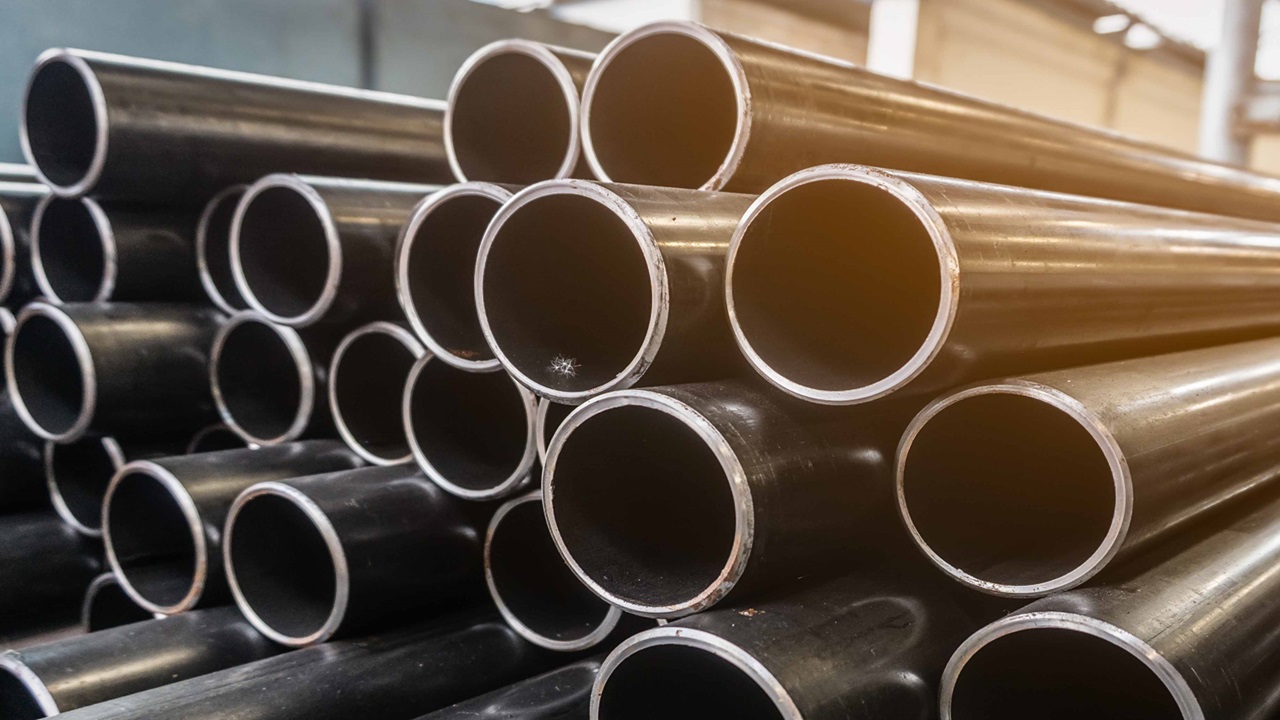The estimation of the weight of steel pipes is a crucial part of many construction, engineering, and industrial projects. This process is not merely numerical; it assists in safety, cost, and project outcomes. Understanding pipe weight becomes a straightforward task with the right Formula calculation-weight of steel pipe pre foot. Tuspipe simplifies the process with clear guidance and practical tools to make this essential calculation easy for beginners and professionals.
Why It Is Important to Know Steel Pipe Weight
The weight of a steel pipe is a factor that defines some project features. It establishes how much material will be needed, the load-carrying capacity of a building, and how pipes may be transported to a construction site. It is helpful information for engineers and architects as they try to design substantial but not too expensive buildings. For example, industries with pipelines, such as oil, gas, and water transport, wish to know the weight of the pipe so that necessary measures can be taken to install and maintain such pipes. It also helps to find out the cost of the materials, which are always part of the cost of any project. Correct weight estimates are essential in safety, cost control, and optimization.
The Science of Determining Weight of Steel Pipe
The weight of a steel pipe depends on the size and the density of the material used in the pipe. For the weight, specific dimensions of the pipe are needed. These are outer diameter (OD), inner diameter (ID), wall thickness, and length of the pipe. All of these factors add up to the weight of the pipe. Steel, like all materials, has a specific density. Such a density is usually expressed as grams per cubic centimeter or kilograms per cubic meter. The standard density for steel would be about 7.85 g/cm³; however, this slightly changes according to the actual steel used in an object.
Tuspipe’s Formula for Steel Pipe Weight
The formula to determine the weight of a steel pipe is fairly simple. The formula will consider the outer diameter, inner diameter, and the length of the pipe. Here is the formula:
Weight (kg) = 0.02466 × Wall Thickness (mm) × (Outer Diameter – Wall Thickness) × Length (m)
This formula breaks down the calculation into manageable steps. It is thus simple to get the proper weight for any size steel pipe using the appropriate measurements. For instance, calculate a 100 mm steel pipe whose outer diameter is 5 mm and length is 6 meters. Using the formula:
Weight = 0.02466 × 5 × (100 – 5) × 6
Weight = 0.02466 × 5 × 95 × 6
Weight = 70.182 kg
This simple calculation provides a reliable result that can be used for project planning and budgeting.
Factors That Impact Steel Pipe Weight
Several factors can influence the final weight of a steel pipe. Wall thickness is a key variable; thicker walls mean a heavier pipe. The weight is also slightly different because the type of steel can have a different density, and the size and length of the pipe contribute significantly to the weight. Longer pipes naturally weigh more, and larger diameters add to the overall weight. Even minor measurement variations can make a difference for projects requiring precise calculations. Ensuring accurate measurements at the start is crucial for reliable results.
Using Steel Pipe Weight Charts
Steel pipe weight charts are an excellent resource for those who want quick answers without going through calculations. These charts will provide the weight of steel pipes based on standard sizes and wall thicknesses. These are useful in standard pipe specifications, like Schedule 40 and Schedule 80. Cross-referencing the dimensions of a pipe to a weight chart makes it possible to find the approximate weight without needing a calculator. However, the formula remains the most accurate method for custom sizes or non-standard specifications.
Applications of Accurate Pipe Weight Calculations
Accurate weight calculations have applications across many industries. In construction, they help determine the structural load and ensure safety. In manufacturing, knowing the material’s weight aids in production planning and cost estimation. For logistics companies, accurate weights help organize transportation and avoid overloading vehicles. Even in smaller projects, such as home plumbing or DIY installations, understanding the pipe’s weight ensures the right materials are chosen. In whichever case, weight calculations always come as part of an effective plan.
Conclusion
Calculating steel pipe weight is essential for any construction, engineering, or material procurement participant. Tuspipe’s formula provides a simple way to perform these calculations confidently. Since the relationship between the size of a pipe and its weight can be understood, professionals may make decisions leading to better safety, efficiency, and cost-effectiveness in such projects. Whether using a formula or referring to the weight charts, this simple calculation will open the gates to better project planning and execution.
